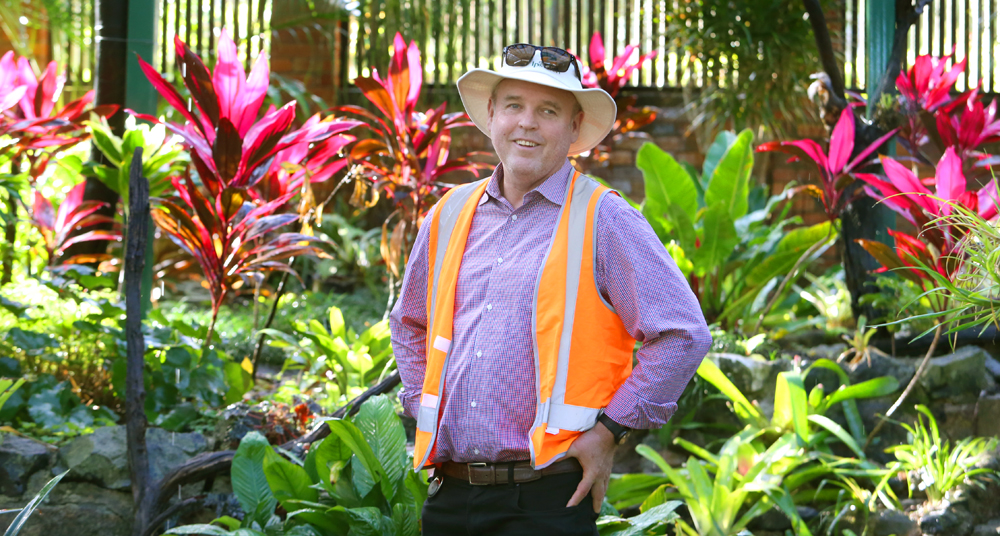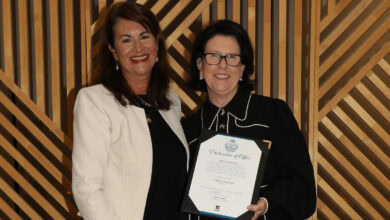
James Hilyard is Ipswich City Council’s Infrastructure and Environment Department, City Maintenance manager.
James is a horticulturalist, arborist and holds a master’s degree in sustainability.
In this month’s column, James talks about getting the garden ready for the growing season, spring.
The calendar may say it’s still winter but my garden is telling me it’s spring.
It’s time to start preparing for a busy couple of months as the growing season gets underway.
I have my fingers crossed for a warm and wet spring with temperatures already getting up a couple of degrees above average with average rainfall, which is unusual these days during such a long drought.
So what are the triggers for plants to come out of dormancy?
Mostly it has to do with two things, soil temperatures increasing and longer daylight hours.
As the days get longer plants are getting more hours to photosynthesis and when you combine that with daytime temperatures in the mid to high twenties you will start to see things ‘pop’.
Once our average Ipswich night time temperatures can get up over double figures all that will be needed is a few showers of rain to start to see new growth unfurling.
First signs of life are swelling buds on plants like roses and deciduous trees and soft new growth on plants like citrus.

- Dig any manures or compost into your garden beds now and leave them for a few days to settle before planting seedlings
- Spring and summer flowers and vegetables can be grown from seed now or seedlings can be transplanted in to prepared beds
- Cover any citrus with hessian if there is a threat of a late frost
- Apply slow release fertilisers like blood and bone, pelletised chicken manure or all purpose plant food
- Once the night time temperatures reach double figures you can apply your standard complete fertilisers that come in a granular form.
- Sharpen your secateurs and service your mower, check blades and do a general safety check making sure everything is ready to go for a busy season
- Undertake any formative pruning of young trees or shrubs so when the growth comes it is not wasted on undesirable growth like ‘suckers’ coming from the base of the tree.
- Get your weeds under control nice and early before they get established and raid nutrients from your soil, be especially vigilant if they are about to go to seed
- Keep an eye out for pests and disease and treat quickly before they do too much damage
Wear your protective equipment like safety glasses, gloves and ear plugs when appropriate.
This new growth is really susceptible to late frosts, so a cold change in the weather that brings a late frost can be devastating.
This can happen to sports fields too.
If we are not careful we can have a lush green sports field reduced to a burnt brown playing surface if we get a frost.
Council turf managers run a five minute irrigation cycle just before sunrise on each field whenever there is a threat of sub zero temperatures to wash away the frost and gently thaw the grass before the sun hits it and causes damage.
For now, the wattle is flowering and I’m looking forward to the crisp air of spring and longer warm days to spend outside in the garden.
Spring is definitely my favourite time of the year.


